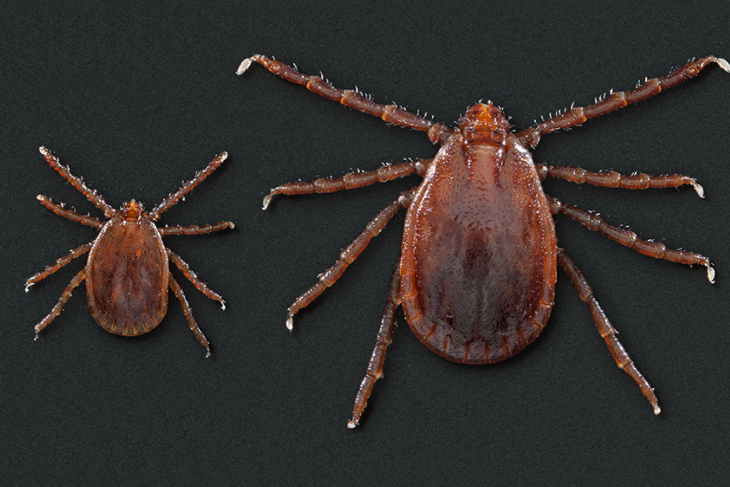About
What is One Health?
One Health is an integrated, unifying approach that aims to sustainably balance and optimize the health of people, animals and ecosystems. It recognizes the health of humans, domestic and wild animals, plants and the wider environment (including ecosystems) are intricately linked and interdependent.
The One Health approach mobilizes multiple sectors, disciplines and communities at varying levels of society to work together to foster well-being and tackle threats to health and ecosystems while addressing the collective need for clean water, energy and air, safe and nutritious food, taking action on climate change and contributing to sustainable development.
One Health is inextricably linked with climate. Without potable water to drink and clean air to breathe, optimal health is impossible. Recent changes in climate and land use due to agriculture intensification, urbanization and international travel and trade have increased the threat of infectious disease to humans, animals and the environment. Roughly 75% of emerging infectious diseases originate from animals and/or are transmitted by animals. Health threats caused by infectious diseases are a grand challenge that requires cross-disciplinary approaches involving human, animal and environmental health experts.
The Need for One Health in Kentucky
Kentucky is a strong agricultural state with almost 14 million acres of farmland covering over 50% of the state. The Kentucky poultry industry is No. 7 in the country and growing, and the sheep industry has grown 21% since 2021. Kentucky is the No. 1 cattle production state east of the Mississippi River, is No. 5 in the nation in raising goats and boasts a $23.4 billion world-class equine industry.
Health threats caused by infectious diseases, such as avian influenza, are on the rise and require cross-disciplinary approaches involving human, animal and environmental health experts. Human, animal and plant diseases caused by pathogens transmitted by arthropod vectors (e.g., mosquitoes and ticks) are on the rise in Kentucky. Ticks that carry Lyme disease were found in 32 counties in Kentucky. Alpha-gal syndrome or red meat allergy is associated with A. americanum tick bites. A. americanum is the most abundant tick found in Kentucky, therefore increasing the threat of alpha-gal syndrome exposed to these ticks. Recently, the invasive Asian longhorned tick was found in 10 Kentucky counties. This tick can vector the pathogen Theileria that causes extreme blood loss in wildlife and farm animals.
The main goal of the One Health Initiative is to bring together faculty, staff and trainees from various UK colleges and state agencies to increase awareness of One Health and identify and solve health threats to humans, animals and the environment through multidisciplinary collaborations.
Funding
UK One Health is part of The Bill Gatton Foundation Grand Challenges, selected projects that will significantly impact communities in Kentucky and beyond from the $100 million gift through The Bill Gatton Foundation in 2023.


